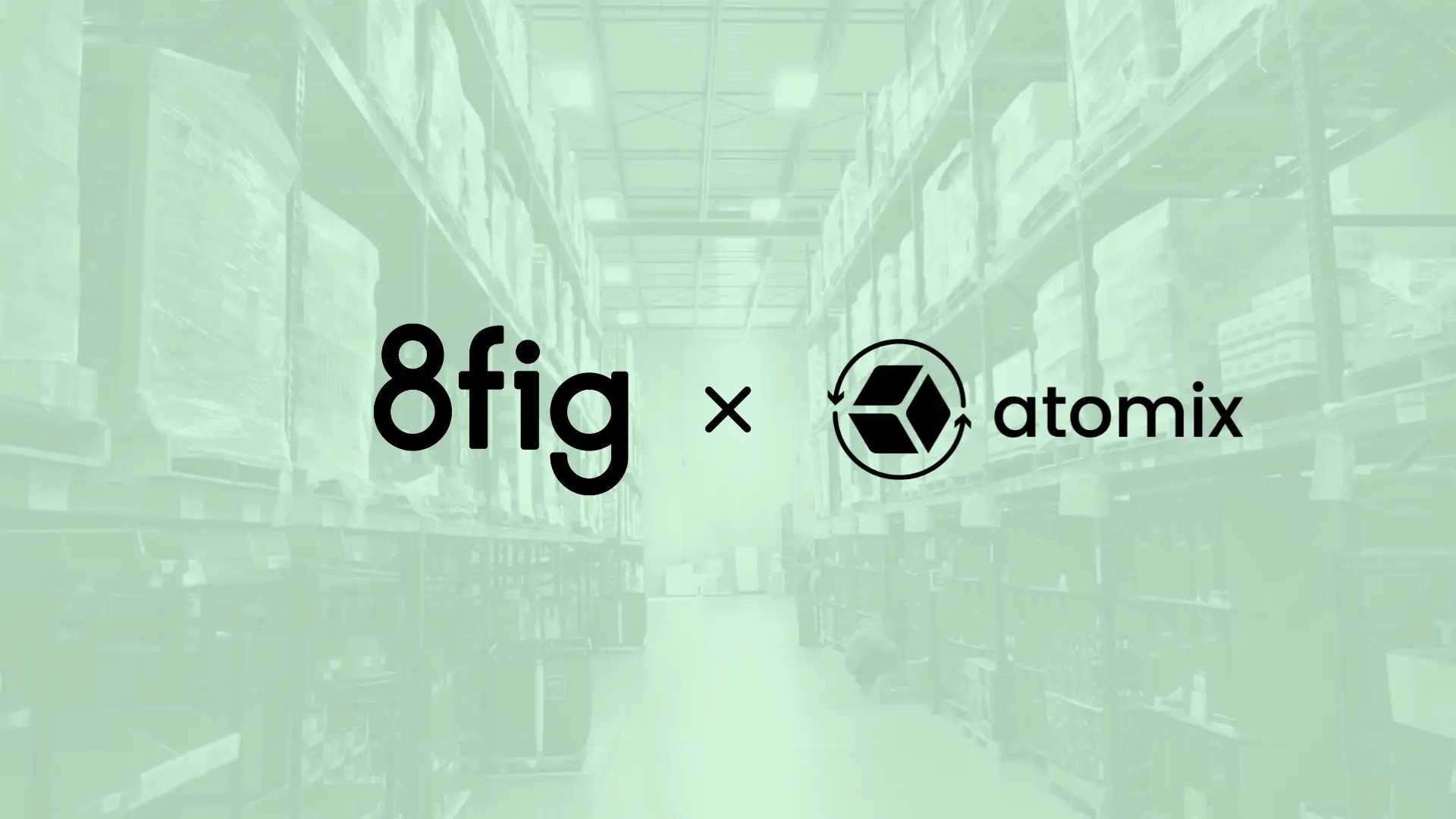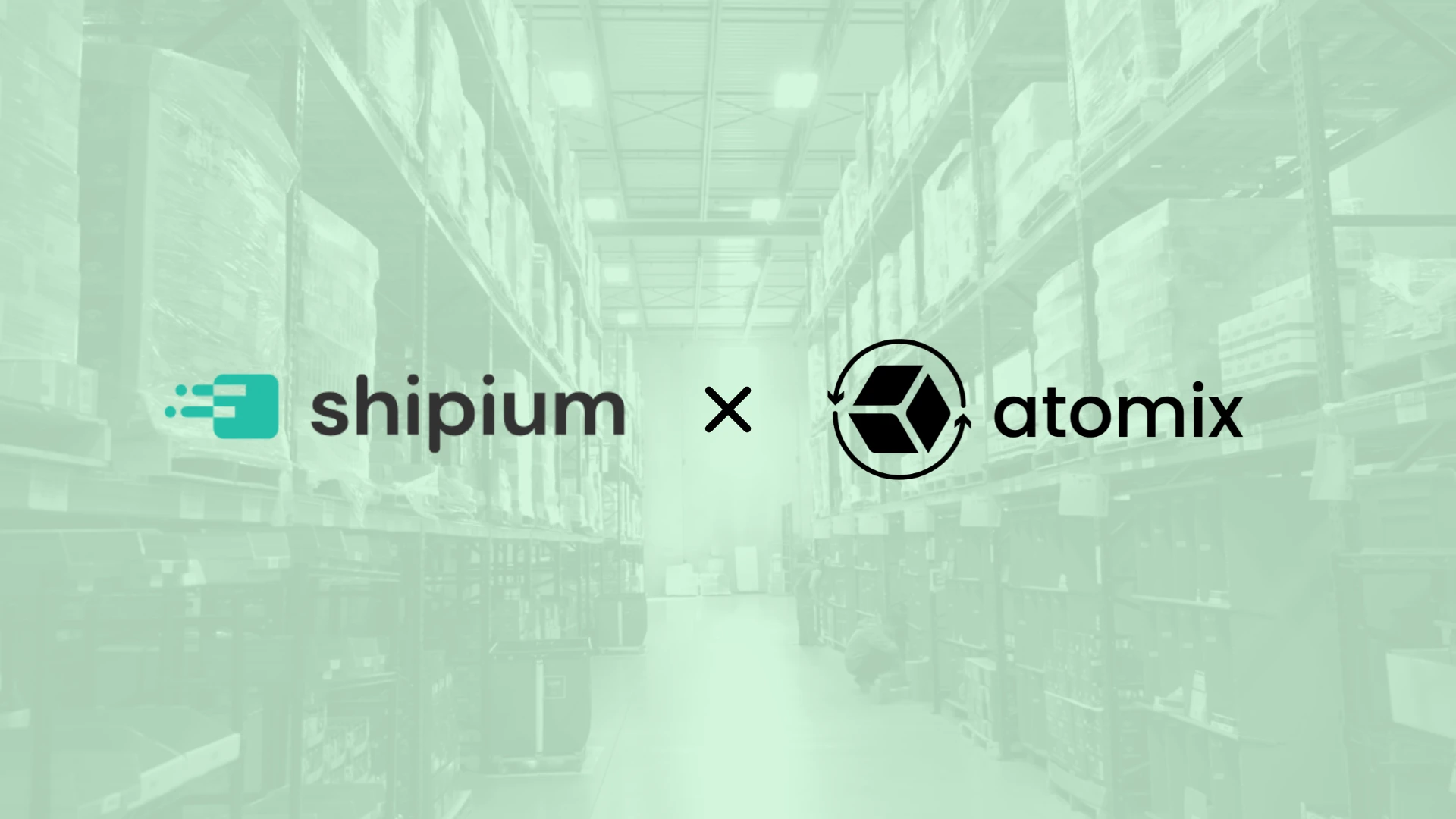How Does a 3PL Earn Revenue?
.webp)
On virtually every 3PL’s blog page, one specific concept stands out; striving to operate in the background. But, if a business strives to operate without capitalizing on publicity, how do they ever make a profit? In this blog, we’re covering the various ways 3PLs generate revenue while acting as an extension of your brand, rather than a supplement.
Table of Contents:
- Service Fees
- Billing Process
Service Fees
As a service-based business model, 3PLs earn most of their revenue through charging for different services. Each client has a unique set of circumstances, meaning they typically only pay for the services they use. In no particular order, we’ve compiled a list of the most common services that 3PLs will charge for:
Storage
As one of the core functions of a 3PL - your fulfillment partner will charge you for the space needed to keep your inventory on hand. Fees for storage can vary depending on a number of factors, such as item size/weight, quantity, and availability (priority in warehouse).
Technology
Modern 3PLs have shifted to using automated order and warehouse management platforms - meaning both you [the brand owner] and your 3PL have full visibility over the supply chain process. As a result, your order fulfillment will see an increase in efficiency, accuracy, and reliability. Charges for technology use typically come in the form of a one-time onboarding fee, followed by monthly fees for using the WMS platform to track your inventory.
Transportation/Shipping
For smaller brands, investing in a fleet of vehicles or paying carriers directly can get expensive, especially if the brand is growing quickly. While 3PLs and other fulfillment partners do charge for shipping, they also have access to negotiated rates with a myriad of carriers. This means you get access to significantly cheaper shipping rates, and can pass those very savings on to your customers.
Packaging
To make sure your customers’ orders are fulfilled on time, fulfillment partners like Atomix take advantage of their expertise to ensure your products are packed as efficiently as possible. This includes everything from packaging SOPs determined in the onboarding process, to the specific types of packaging a brand owner wants to use for their products.
Billing Process
So, now that we’re aware of the different ways that a 3PL earns revenue - how exactly do they go about charging for their services? Below, we’ve outlined the fundamental steps behind how a 3PL creates a bill for each of their clients.
.webp)
Signing a Contract
Before any kind of service can be provided by a 3PL, both the client and the fulfillment partner must set up a billing agreement for the partnership. This billing agreement outlines important details such as:
- Billing frequency
- Special services/projects
- Payment details
- Receiving
- Reverse logistics (returns services)
The list above is far from exhaustive, however no physical action should be taken by either party before a signed contract is put in place.
Collecting Transactional Data
After defining what services a 3PL will provide for their client, the next step is to begin collecting relevant information about all of the services provided to a particular client. By “relevant information,” we mean all of the statistics behind the order fulfillment process (i.e. order shipment reports, return volume, time & labor on special projects, etc.).
Making Calculations
Once all of the necessary information is collected - it’s time for the fun part; math! Maybe that’s a bit more subjective, but either way - it’s important to be accurate in your billing calculations to make sure nobody is being overcharged or underpaid. Certain services like storage are typically charged monthly, while others such as picking, kitting, and packing are charged per item.
Generating an Invoice
When all of the right information is collected and all of the proper calculations have been made - it’s time for the final step; invoicing. This step is pretty straightforward for the most part, as most of the work has already been done. In generating an invoice, all of the detailed charges are listed, outlined, and then sent to the client to request payment for the services both parties agreed upon.
How does Rails help?
As we mentioned above; generating an invoice comes off as a simple process. However, what wasn’t mentioned is the amount of time and effort it takes to collect the data, calculate rates, and draw up the original contract.
To help automate the most intensive parts of the process, Rails has designed a purpose-built invoicing software specifically for 3PLs. By implementing their brand new SaaS platform, 3PLs across the globe can take advantage of the time gained from automatically generated invoices. Almost in a flash, invoicing is transformed from a days-long process to a document created in seconds. We can’t tell you exactly how Rails saves their clients that amount of time, but trust that it makes the difference between migraine-inducing spreadsheets and clicking a few buttons.
Conclusion
3PLs have evolved a lot over the last decade, and one major change has been the implementation of new technologies. From order tracking and inventory management, to instant communication and automated invoicing - the world of ecommerce has been forever changed for the better.
Today, younger 3PLs understand that the best partnerships are those where all parties look out for each other - rather than hustling to make a huge profit. A healthy relationship between an ecommerce business and their fulfillment partner ensures that both will scale together.
If you are curious about how a fulfillment partner can help you save money on fulfillment and order tracking, feel free to reach out to Atomix Logistics!

.svg)
.svg)
.svg)




